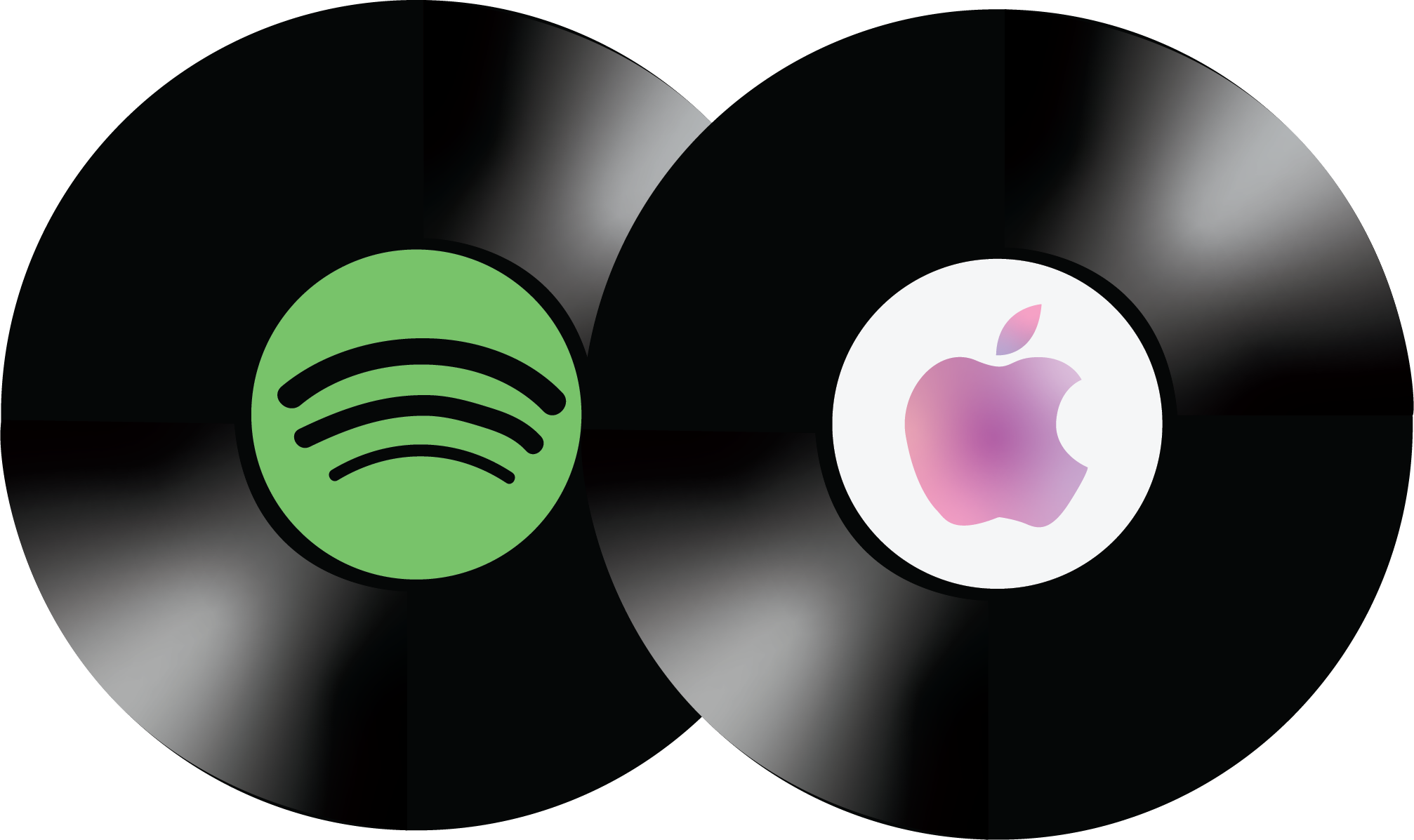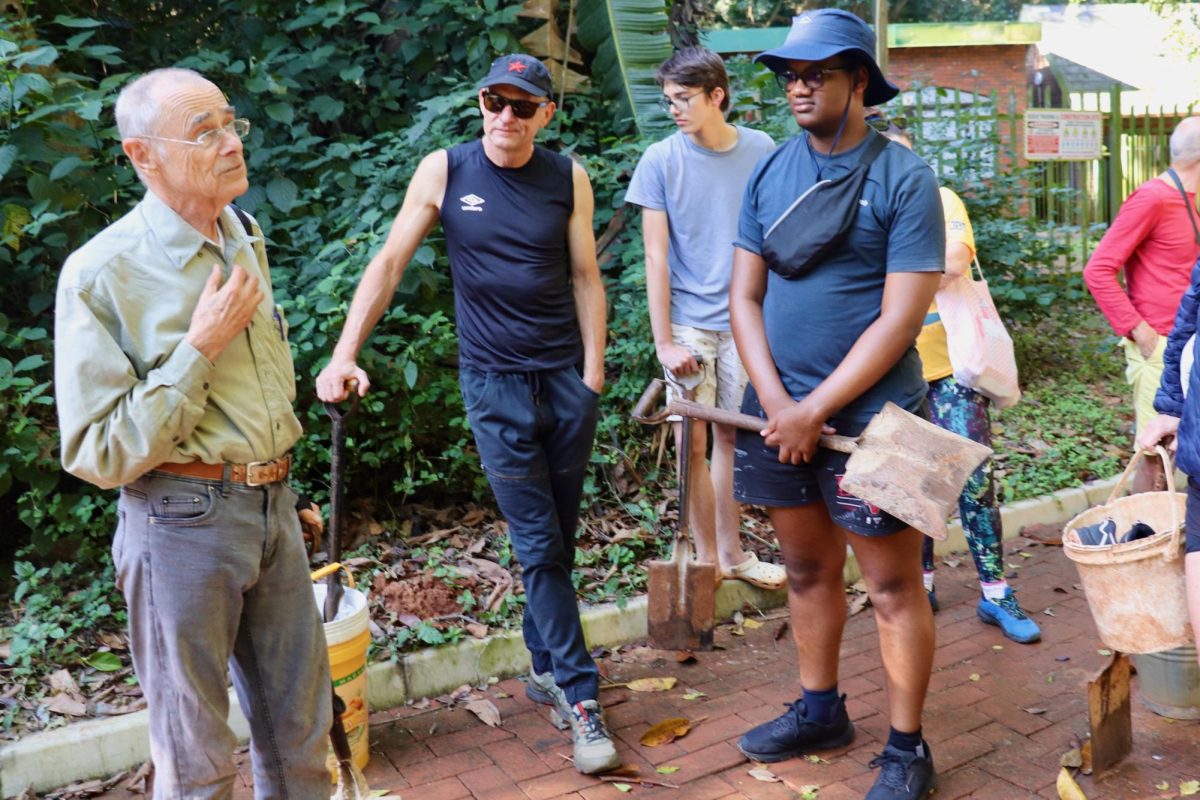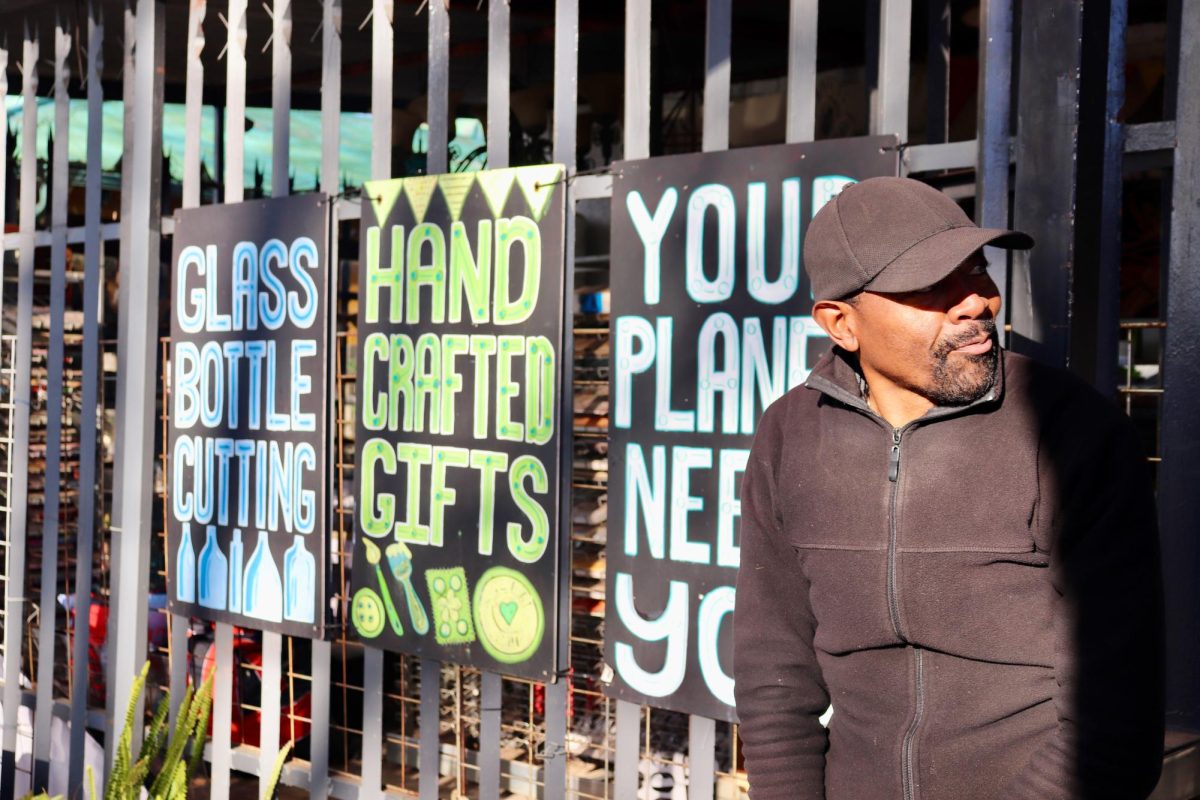How streaming music has changed the industry
Unless you’re distant from social media, you most likely saw “Spotify Wrapped” across your Instagram or Twitter feed in late December. Near the end of the year, Spotify users (sorry Apple Music fans) see a curated analysis and playlist of their most streamed songs, albums, artists and podcasts from the past year, called Spotify Wrapped.
This feature is one of the many ways streaming services personalize their product for each listener, making for a unique listening experience at your fingertips.
But in the days of streaming, the amenities consumers see don’t necessarily breach the same benefits for artists with music on streaming platforms. Consumers gain access to a catalog of millions of songs ad-free with a subscription at around the same monthly price of a physical album, while artists are on the receiving end of minimal royalties from the streams of their listeners.
On the financial side, artists don’t depend on streaming services for their income. Unless you’re a big name artist like Drake, Ed Sheeran, Post Malone, or other top streamed artists, making money off streaming services is incredibly difficult. After recoupment, an artist makes an average of $0.006 to $0.0084 per-stream. A majority of their profits come from tours, festivals and merchandise sales.
Since the music industry is moving towards primarily streaming, it is also more difficult for an artist to get themselves out there.
For artists like Clairo, music services like Bandcamp and SoundCloud (although SoundCloud has now introduced subscriptions) can be critical for their success, whereas streaming services aren’t the best place for amateur artists to be discovered because platforms like Spotify and Apple Music typically suggest artists with more streams to a user’s catalog.
It is largely dependent upon the user to discover smaller artists by taking advantage of features like “Discover Weekly” within Spotify, but even this feature tends to follow the pattern of the rest of the app, suggesting songs very similar to the ones a user mainly listens to. The New York Times pop critic and host of the New York Times Popcast, Jon Caramanica, termed this concept as “Spotifycore.”
Streaming has also brought attention to maintaining the physicality of music at a time when it is becoming somewhat obsolete. Although vinyl is making a comeback, arguably as a Gen-Z trend where Crosley turntables and vinyl can be found at Urban Outfitters and other popular retailers, the streaming industry is taking over the tangible aspect of music.

This past summer, The New York Times published a features piece about a fire at Universal Studios Warehouse, where Universal Music Group (UMG), the world’s largest record company, stores an eclectic archive of some of music’s most significant master recordings.
UMG denied that there was any damaged original music in the fire, stating that only copies were ruined. The fire was in 2008, but it was this article by the Times that revealed to the public how many original masters of music were in this vault, and subsequently were destroyed in the fire.
Some of these destroyed masters belonged to significant figures in music history, and to more recent figures: Ella Fitzgerald, Duke Ellington, Bing Crosby, Queen Latifah, Snoop Dogg, Nirvana and many more.
Modern day music consumption debilitates so much history of the music industry and its physical process. Although it is far more convenient for a listener to use services like Apple Music or Spotify, artists and the history of music see the damage as a result.
While I am a user of streaming and a strong advocate for Spotify relative to Apple Music, I understand I receive music differently as a Gen-Z fan: not having to wait in lines for the Taylor Swift Target exclusive edition of one of her earlier albums like my older sisters did, or illegally downloading music from an online mp3 converter (compared to our parents’ time of having to buy vinyl).
Growing up, I never had an understanding of the value of music in its physical form or artist’s relationships to music as a product of streaming, but now that I do, I try my best to support them where they see it most.
I encourage music fans, go to your favorite artist’s show or buy their merchandise, and even check out Bandcamp, where independent or amateur artists can easily put their work out there.







































